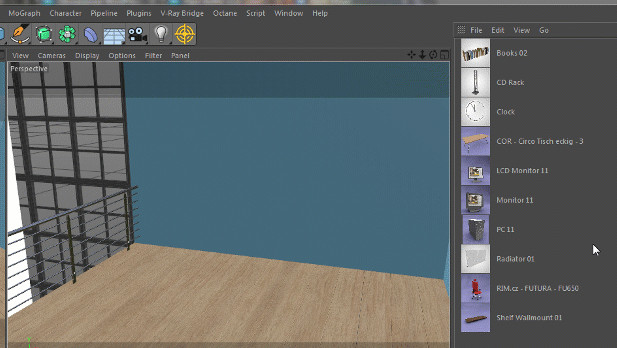

It defines how the numerical value saved within the file will actually be interpreted - 3 meters, 3 kilometers or 3 yards, for example? A new, empty scene will always use the Project Settings’ default values.

This is the most important parameter with regard to units of measure. A 200 cm wide cube ( Document Scale: Centimeters) will be 200 m wide if you switch to Meters. In the Project Settings: Depending on what has been defined, the scaling of the scene can in fact be modified.If, for example, a value of 3 cm was defined and you switch to Meters, the field will then display a value of 0.03 m (or 0.033 yd). Only the units displayed in the respective fields will be converted. In the Preferences menu: This setting does not affect scene parameters.You can define units of measure within Cinema 4D at these locations: The units will be converted automatically. It is also possible to, for example, load objects modeled in Millimeters into a scene that contains objects modeled in Meters. Cinema 4D can handle this with no problems at all. In combination with (internal) double precision (which was increased from 32-bit to 64-bit with R12), rounding errors are a thing of the past, which means that you can model 2mm wide specks of dust and then switch to Kilometers and model a huge building in which they lie. The values will be converted automatically if the Use Units option is enabled. Hence, if you change your units of measure from, for example, Meter to Centimeter, a cube 2m wide will then be displayed as being 200cm wide. This has changed in R12: a unit of 1 meter is now equal to 100 centimeters and 1 kilometer equals 1000 meters, and so on. Although you could enter the unit "mm", this had no meaning for Cinema 4D. In previous Releases of Cinema 4D (prior to R12), no real units of measure were present. Function available in CINEMA 4D Prime, Visualize, Broadcast, Studio & BodyPaint 3D Project


 0 kommentar(er)
0 kommentar(er)
